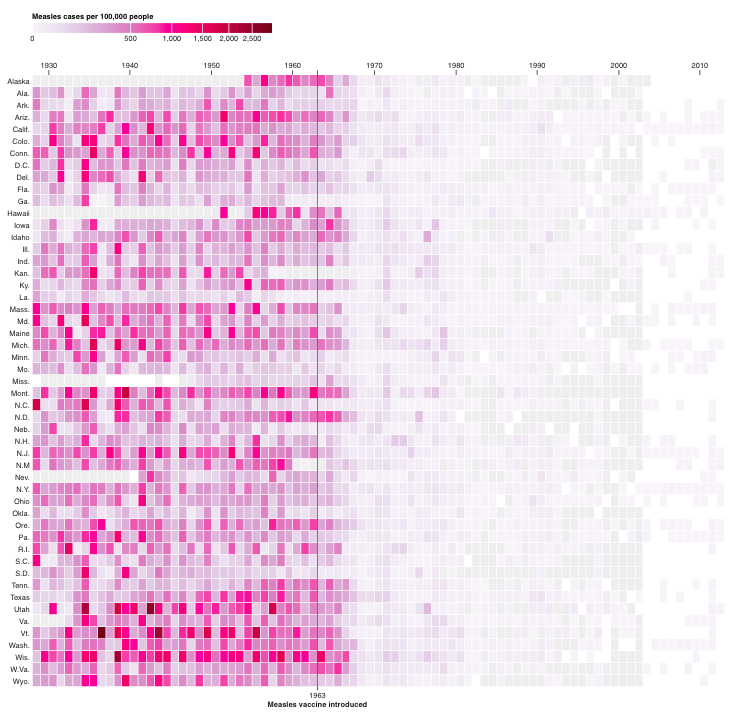Increasing HPV Vaccine Uptake for All Ages
Increasing HPV Vaccine Uptake for All Ages
Increasing human papillomavirus (HPV) vaccination rates can be tricky, particularly due to the stigma associated with sexual behavior among adolescents. International HPV awareness day was March 4, and served as a reminder to continue local HPV vaccine promotion efforts.
Nationally, HPV is estimated to cause 36,000 new cases of cancer each year. We have an opportunity to eradicate HPV-associated cancers, and yet too many people are not getting a safe and effective vaccine that prevents six different cancers associated with HPV including oral pharyngeal and cervical cancer.
The HPV vaccine is approved for ages 9 years through 45 years. The American Cancer Society and American Academy of Pediatrics (AAP) recommend vaccination at age 9.
Are We Making Progress?
Healthy People 2030 vaccination objective IID-08 aims to increase the proportion of adolescents who receive recommended doses of the HPV vaccine. This objective is measured by tracking the proportion of adolescents aged 13–15 years receiving 2 or 3 doses of HPV vaccine.
The objective’s target is 80%, and the latest national data indicate that 54.5% of adolescents have received the recommended doses. This is a slight improvement from previous years, but there is still progress to be made to achieve the desired target.
Strategies for Increasing Vaccination Uptake
Receiving a health provider recommendation for the HPV vaccine is the most effective strategy for improving vaccination rates. However, barriers such as parental hesitancy (for adolescents), insufficient provider recommendation, and time constraints can inhibit HPV vaccine uptake.
Here are some tools and resources to boost HPV vaccine uptake in your practice:
Administrative processes:
- Set your electronic health record and pharmacy notifications for patients aged 9 years through 45 years. Starting at age 9 has been shown to increase vaccine completion by 22 times.
- Review your patients who have not completed their 2 or 3 dose series and proactively recall patients to complete the series. Check adult patients through age 45 to ensure they have started and completed their HPV series.
- If you are not able to stock vaccine at your facility, leverage your local pharmacy to administer vaccinations to patients.
- Implement standing orders for immunization in your practice.
- Identify an immunization champion at your facility – the person who will take the lead of your standing orders program.
Clinical encounters:
- Make a strong recommendation for HPV vaccines for all patients aged 9 years through 45 years. Data shows that your recommendation may improve vaccination rates by up to 5 times.
- For adults aged 26 years through 45 years, engage in shared decision making to help determine whether the patient will benefit from vaccination. A vaccination recommendation should be made in all healthcare settings to include acute, non-acute, GYN, dental, and pharmacy locations.
- Encourage same day vaccination in your facility.
This toolkit from the American Academy of Pediatrics (AAP) has patient-focused materials (social media graphics, videos, and articles) which can promote awareness of the HPV vaccine. Additionally, this AAP resource contains professional resources and printable PDFs to promote HPV vaccine education.


